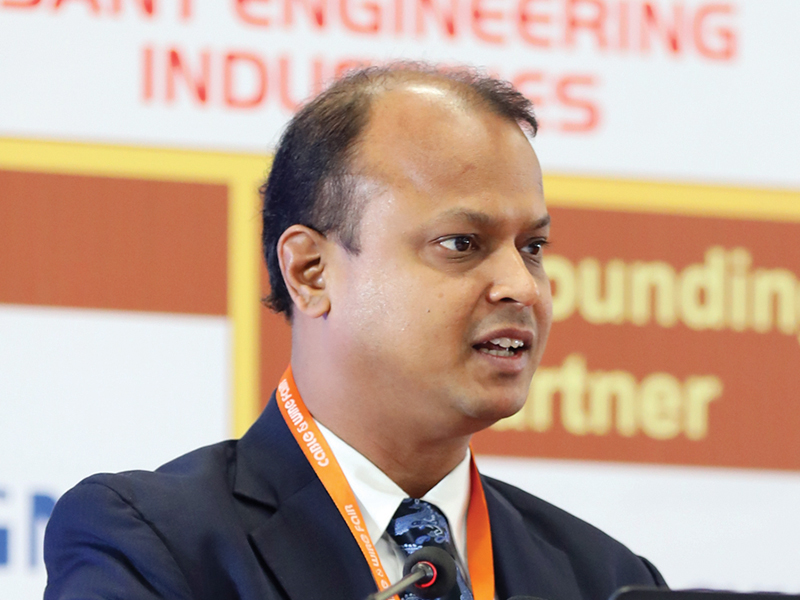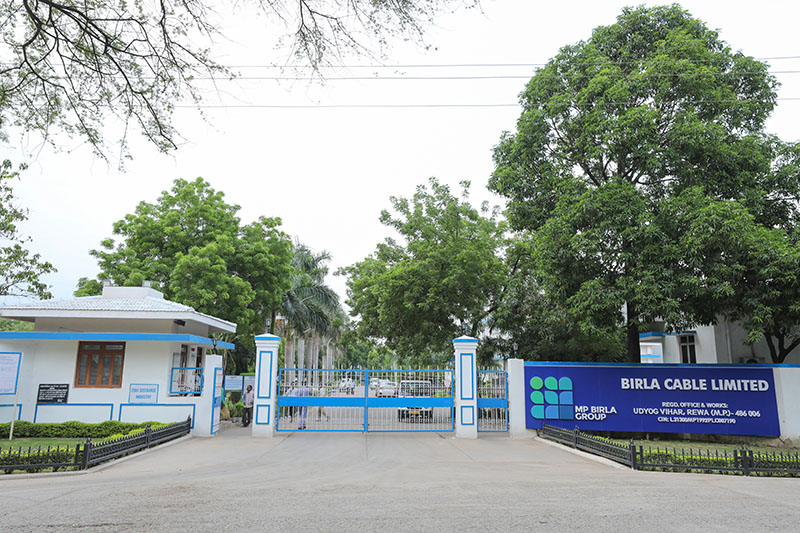
Operations and Workforce Management
Before Corona
In India, even up to the third week of March 2020 (just before the announcement of lockdown by the government, due to the onset of COVID 19 pandemic), as far as the situation in the aspect of ‘operations and workforce management’ is concerned, there were no challenges as such, and it was going smoothly and in a planned manner.
After Corona
Although the manufacturing companies could somewhat manage the workforce under the prevailing pandemic conditions, to quickly restart the manufacturing after taking necessary approvals from the authorities, the operations could not reach the normal pre-COVID levels as a lot of movement restrictions were in place. New Standard Operating Procedures (SOPs) were developed to restart the processes in line with the new requirements.
Supply Chain Management
Before Corona
As our manufacturing plants are located in the north-central part of India, it is our general practice to keep the raw materials stock to the extent of 2–3 months’ requirements; the plant operations were running smoothly as per the advanced planning systems in place.
After Corona
Raw materials movement into the manufacturing sites got delayed from both domestic and imported sources due to the stoppage of transportation as part of the lockdown guidelines. Only essential services were allowed to function. Huge delays were there in customs clearance and staff shortage in the cargo handling points in seaports and airports hindered the normal routine and thereby affected the movement of raw materials.
The same scenario existed at the beginning of the lockdown period for supplying the finished products to both domestic and overseas customers due to lockdown restrictions which definitely delayed the shipments getting delivered to the customers. However, with persistent short-term planning, the delays were minimised to a manageable extent.
Market Scenario
Before Corona
Before the pandemic period, due to sluggishness in the economy, the market was not showing any buoyancy, however, immediately before the lockdown, the market requirements were somewhat stable and decent capacity utilisation was there in the manufacturing plants.
After Corona
After the lockdown, the market was showing depressed requirements both in the domestic and overseas segments for the initial six months of the lockdown period. After September 2020, the requirements started coming in and the market was getting stabilised in terms of reasonable offtake of volumes. For example, some of the cable types were directly related to FTTH (Fibre-To-The-Home) segment and its offtake was huge as the work-from-home culture was predominant during the lockdown period and all service providers were giving connections in a big way using these speciality cables to the users. After the initial hick-ups in the lockdown period, both domestic and overseas customers/users started coming up with regular volumes offtake, thereby ensuring that manufacturing plants are picking up in terms of capacity utilisation.
Profit Margin
Before Corona
Traditionally, the cable manufacturing industry always faces price pressures which is an inherent phenomenon, and companies which do innovation, development and improved customer offerings will always win in the long run. That is what our manufacturing and services organisations have done and continue to strive very hard to deliver more output.
After Corona
The lockdown definitely induced price pressures on the finished products despite the increased raw material price levels. As the requirements have come down considerably, the price levels of the finished cable could not be stabilised and that has definitely put pressures on the profit margin, which has also reduced to a greater extent.
Expectations from the Government
Before Corona
In view of the government’s active role to ensure ‘Make in India’ products and solutions to be supplied both to domestic and overseas market segments, the manufacturing companies strived their best to support the initiatives. However, the industry always felt the need for the government to extend more help to the industry as a whole in terms of various support required from time to time.
After Corona
During the lockdown, the manufacturing sector suffered the most in terms of loss of orders, employee issues, raw material availability, finance-related issues, logistics-related challenges, etc. During this period, although the government had announced some of the stimulus packages and support measures to tide over the severe downtrend from the industry, the slide could not be arrested which was the phenomenon that happened not only for the manufacturing industry in India, but on a global scale. However, the industry continued to request the government for various support to come out of the hardship. The persistent expectation from the industry which is being put forward to the government is to improve the ease of doing businesses, creation of robust infrastructure, more stimulus packages, availability of cheaper finances and working capital for the industry, tax breaks, and other major policy measures to have a level playing field to compete in the global market, attractive export incentives similar to other countries which will enable the country to earn valuable foreign exchange.

Future Outlook
After Corona
Although the pandemic conditions are improving, everyone is expected to take utmost precautions and show COVID 19 appropriate behaviour. The ‘new normal’ way of living is expected to play a major role with which all are expected to set the course. The manufacturing industry suffered majorly during the peak of the pandemic, but the revival is being seen now during the second half of 2021 and from 2022 onwards, the situation is expected to stabilise as reported by the opinion of the health experts and economists with the new normal way of conducting the businesses as well.




